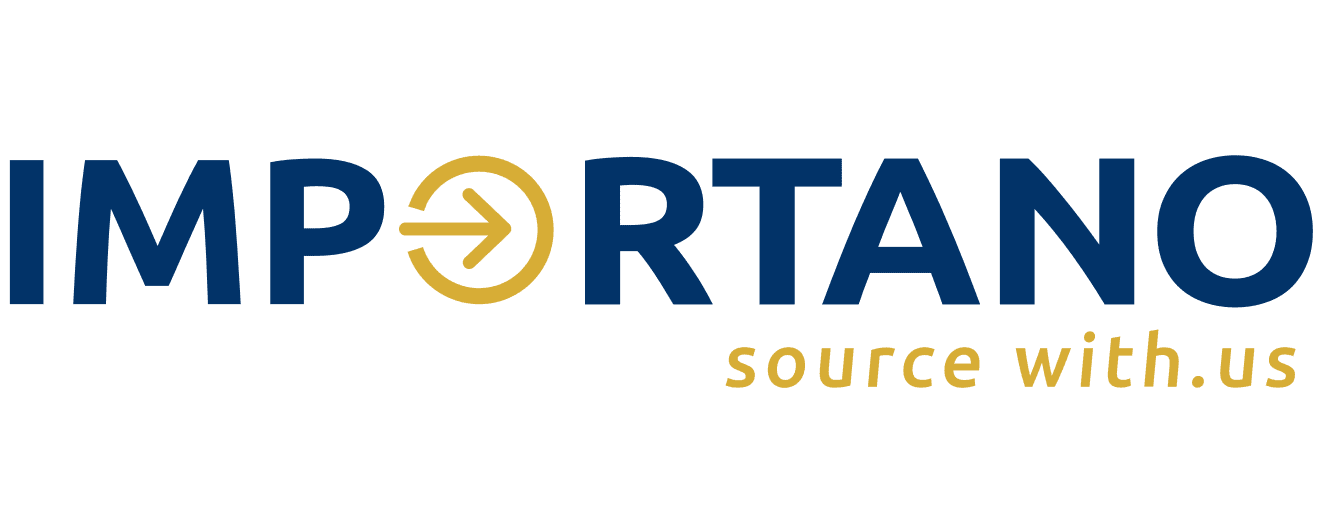
20 Dec E-COMMERCE SELLERS: HOW TO IMPORT FROM CHINA FOR AMAZON FBA AND SHOPIFY
Importing products from China offers e-commerce sellers cost-effective sourcing solutions, but it requires strategic planning. Whether you’re stocking inventory for Amazon FBA or managing Shopify orders, understanding the end-to-end process—from supplier selection to delivery—is key to scaling profitably.
Table of Contents
- Finding Reliable Suppliers
- Negotiating with Suppliers
- Quality Control and Inspections
- Shipping, Logistics, and Customs
- Amazon FBA Preparation
- Shopify Fulfillment Strategies
- Legal and Financial Considerations
- Avoiding Common Pitfalls
- Conclusion & Checklist
Finding Reliable Suppliers
- Platforms: Use Alibaba, Global Sources, or attend trade shows like the Canton Fair.
- Vetting Tips:
- Check supplier certifications (e.g., ISO, Gold Supplier status on Alibaba).
- Review transaction history and client testimonials.
- Request samples to assess quality.
- Red Flags: Poor communication, refusal to sign contracts, or lack of verifiable factory photos.
Negotiating with Suppliers
- MOQs (Minimum Order Quantities): Start small to test demand; negotiate flexible terms.
- Payment Terms: Use secure methods like Alibaba Trade Assurance, PayPal, or Letters of Credit (LC).
- Pricing: Leverage bulk discounts but confirm if prices include shipping, molds, or customization.
Quality Control and Inspections
- Pre-Shipment Inspections: Hire third-party services like SGS or QIMA to check product quality, packaging, and compliance.
- Defect Resolution: Define acceptable defect rates (AQL) in contracts and outline return/replacement policies.
Shipping, Logistics, and Customs
- Incoterms: Clarify responsibilities with suppliers (e.g., FOB for ocean freight, EXW for full control).
- Freight Forwarders: Partner with experts to handle sea/air shipping, customs clearance, and Amazon FBA requirements.
- Customs Duties: Calculate landed costs (product + shipping + tariffs + taxes) using tools like Flexport or ImportYeti.
Amazon FBA Preparation
- Labeling: Follow Amazon’s FBA guidelines for barcodes (FNSKU) and packaging.
- Shipment to Warehouses: Use Amazon Partnered Carriers or a freight forwarder familiar with FBA requirements.
- Inventory Management: Track lead times to avoid stockouts; use tools like Jungle Scout for demand forecasting.
Shopify Fulfillment Strategies
- Dropshipping: Partner with suppliers for direct-to-customer shipping (ideal for low upfront costs).
- 3PL Services: Use providers like ShipBob or Flexe for storage, packing, and shipping.
- In-House Fulfillment: Lease warehouse space and manage logistics manually (best for high-volume sellers).
Legal and Financial Considerations
- Contracts: Include IP protection clauses, defect policies, and termination terms.
- IP Protection: Register trademarks in China and your home country to combat counterfeits.
- Insurance: Opt for cargo insurance and trade credit insurance to mitigate risks.
Avoiding Common Pitfalls
- Delays: Buffer timelines for production and shipping (e.g., Chinese holidays like Lunar New Year).
- Scams: Verify suppliers via video factory tours or third-party audits.
- Cultural Missteps: Build guanxi (relationships) through respectful communication and patience.
Conclusion & Checklist
Key Steps for Success:
- Vet suppliers rigorously and order samples.
- Negotiate clear payment and quality terms.
- Use freight forwarders experienced with Amazon FBA/Shopify.
- Calculate landed costs to price products profitably.
- Prioritize IP protection and legal safeguards.
Final Tip: Start with a small order to test the process before scaling.
By mastering these steps, you’ll streamline importing from China, reduce risks, and grow your Amazon FBA or Shopify business with confidence.

No Comments